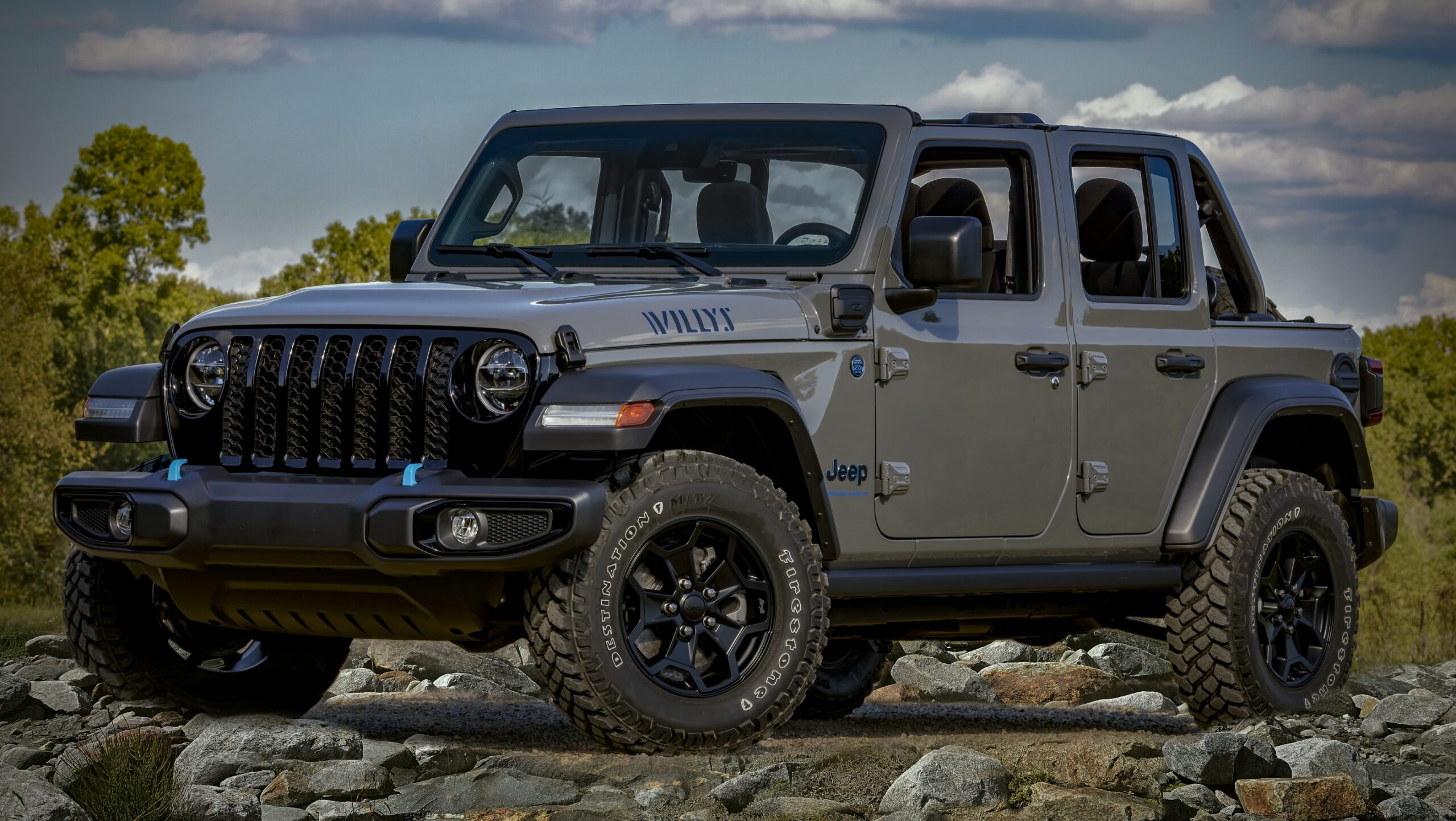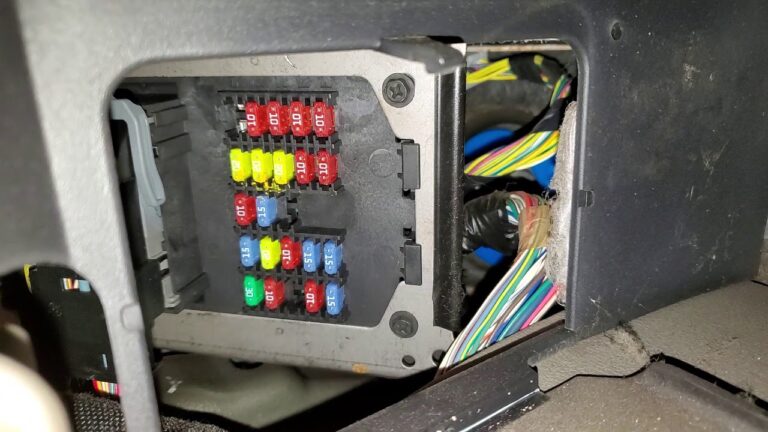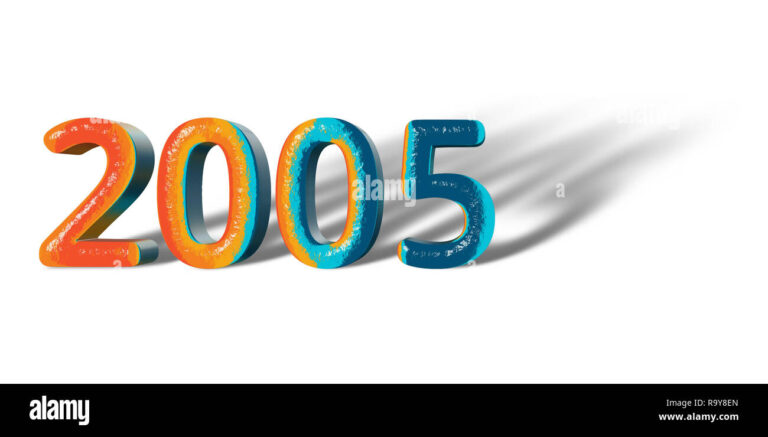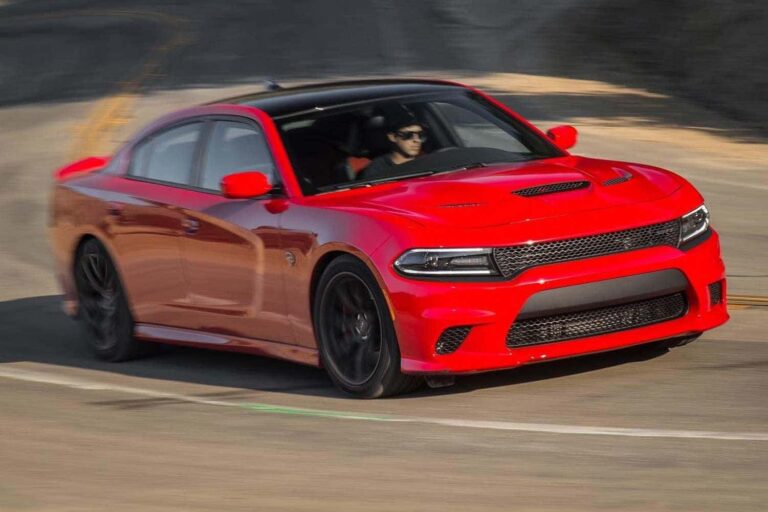Jeep Wrangler For Sale By Owner Max $2000: The Ultimate Guide to a Budget Off-Road Dream
Jeep Wrangler For Sale By Owner Max $2000: The Ultimate Guide to a Budget Off-Road Dream jeeps.truckstrend.com
The allure of a Jeep Wrangler is undeniable. Its iconic silhouette, open-air freedom, and legendary off-road capability have cemented its place as an automotive icon. For many, owning a Wrangler is a dream, but often, the price tag can be a harsh reality check. This comprehensive guide, "Jeep Wrangler For Sale By Owner Max $2000," is dedicated to those intrepid enthusiasts looking to acquire their slice of Jeep history without breaking the bank. It’s a quest fraught with challenges, demanding patience, mechanical aptitude, and realistic expectations, but for the right person, it can lead to an incredibly rewarding journey.
The Harsh Reality of the $2000 Wrangler Market
Jeep Wrangler For Sale By Owner Max $2000: The Ultimate Guide to a Budget Off-Road Dream
Let’s set the record straight from the outset: finding a roadworthy, dependable Jeep Wrangler for under $2000 is an extremely difficult endeavor. This isn’t just a budget purchase; it’s an entry into the world of project vehicles, mechanic’s specials, and sometimes, even parts cars. The very qualities that make Wranglers desirable – their ruggedness, customizability, and enduring popularity – also contribute to their strong resale value.
What You Won’t Find:
- Late-Model TJs (1997-2006) or JKs (2007-2018): These models, especially in decent condition, command prices well above $2000.
- Low Mileage, Pristine Condition: Any Wrangler at this price point will have high mileage, significant wear and tear, and likely multiple underlying issues.
- Daily Driver Reliability: Expect frequent repairs, maintenance, and potentially periods of downtime. This will almost certainly not be a "turn-key" vehicle.
What You Might Find:
Your best bet in this price range will almost exclusively be the Jeep Wrangler YJ (1987-1995), identifiable by its square headlights, or possibly a very early, heavily used, or severely neglected TJ (1997-2006). These vehicles are often being sold because the current owner either doesn’t have the time, skill, or money to address their issues. They are typically:
- Project Vehicles: Requiring significant mechanical work (engine, transmission, suspension, brakes, electrical).
- Rust Buckets: Frame rust is a notorious problem for older Wranglers, particularly in regions that use road salt. This is often the primary reason for such a low price.
- Parts Cars: Vehicles that are not roadworthy and are primarily being sold for their components.
- Salvage Titles or No Titles: Be extremely cautious of these, as titling and insuring can be a nightmare.

Understanding these realities is crucial. This isn’t about finding a steal; it’s about finding a foundation for a long-term project.
Where to Hunt for Your Sub-$2000 Wrangler
The hunt for an ultra-budget Wrangler requires patience and a keen eye. Traditional dealerships are out; you’ll be focusing solely on private sellers.

-
Online Classifieds (Your Primary Hunting Ground):
- Craigslist: Still a go-to for private sales. Be diligent in your searches. Use keywords like "Jeep Wrangler," "Wrangler project," "Wrangler for parts," "Wrangler fixer-upper." Filter by price (max $2000). Expand your search to surrounding cities or states if you’re willing to travel.
- Facebook Marketplace: Increasingly popular for local sales. Join local "buy/sell/trade" groups and Jeep-specific groups. People often post projects or parts vehicles here. Set up alerts for new listings.
- OfferUp/LetGo (merged): Similar to Craigslist, good for local listings.
-
Specialized Forums and Enthusiast Groups:
- Jeep Forums: Websites like JeepForum.com, WranglerForum.com, or regional off-roading club forums often have "for sale" sections where enthusiasts sell project vehicles to fellow Jeep lovers.
- Local Off-Roading Clubs: Connect with local clubs. Members might know of a vehicle for sale or be willing to part with an old project. Word-of-mouth is powerful in the enthusiast community.
-
Local Resources:
- Mechanic Shops/Salvage Yards: Sometimes, a mechanic will know of a customer’s vehicle they’ve given up on, or a salvage yard might have a whole vehicle that’s too good to scrap entirely.
- Community Bulletin Boards: Old school, but sometimes effective in smaller towns.
- Drive Around: Keep an eye out for "For Sale" signs on vehicles parked in driveways, especially in rural areas or neighborhoods with older homes.
-
Auctions (Use Extreme Caution):
- Public/Government Auctions: Impound lot auctions or surplus vehicle auctions can sometimes have older Wranglers. However, these are almost always sold "as-is, where-is" with no opportunity for inspection, making them incredibly risky for non-mechanics.
- Insurance Salvage Auctions: Requires a dealer’s license for most states, but sometimes individuals can bid. These vehicles are typically total losses and require extensive repair.
Pro Tip: Be persistent. The right deal might not appear for weeks or even months. Set up automated alerts if available on the platforms you’re using.
What to Expect and How to Evaluate a Sub-$2000 Wrangler
When you find a potential candidate, a thorough inspection is paramount. Assume everything is wrong until proven otherwise.
Key Areas of Inspection (Prioritized for Budget Wranglers):
-
Frame Rust (THE DEAL BREAKER):
- Severity: This is the most critical inspection point. Severe frame rust, especially around control arm mounts, skid plate mounts, spring perches, and rear shackle mounts, can render the vehicle unsafe and uneconomical to repair.
- Inspection: Bring a flashlight and a small hammer. Tap the frame in various locations. Listen for a dull thud instead of a solid ring. Look for bubbling paint, flaking metal, or visible holes. Pay extra attention to the "belly pan" area under the transfer case and the rear cross member. If the frame is significantly compromised, walk away.
-
Engine and Transmission:
- Startup: Does it start easily? Are there any unusual noises (knocking, ticking, grinding)?
- Smoke: Blue smoke (oil burn), white smoke (coolant burn), or black smoke (rich fuel mixture) all indicate major issues.
- Leaks: Look under the vehicle for oil, coolant, or transmission fluid puddles. Check the engine bay for signs of active leaks.
- Fluid Levels/Condition: Check oil, coolant, transmission fluid. Are they at proper levels? Do they look clean or burnt/sludgy?
- Transmission: If manual, check clutch engagement. If automatic, check for smooth shifts. Any grinding or slipping is a bad sign.
-
Drivetrain (4×4 System, Axles, Transfer Case):
- 4×4 Engagement: If possible and safe, test 4-high and 4-low. Does it engage smoothly? Do you hear clunks or grinding?
- Axle Leaks: Check differentials for leaks around the covers and pinions.
- U-Joints: Look for rust or play in the universal joints on the driveshafts.
-
Suspension and Steering:
- Shocks/Springs: Are they rusty, broken, or severely worn?
- Tie Rods/Ball Joints: Grab the tires at 3 and 9 o’clock, then 12 and 6 o’clock and push/pull. Any significant play indicates worn components.
- Steering Box: Check for leaks or excessive play in the steering wheel.
-
Brakes:
- Pedal Feel: Is it firm or spongy?
- Fluid: Check brake fluid reservoir level and condition.
- Lines: Look for rusty or corroded brake lines.
-
Electrical System:
- Lights/Gauges: Do all lights (headlights, tail lights, turn signals) work? Do dashboard gauges function?
- Wiring: Look for exposed wires, aftermarket wiring hacks, or signs of rodent damage.
-
Body and Interior:
- Body Rust: While not as critical as frame rust, excessive body rust (fenders, rocker panels, floorboards) will require significant repair.
- Soft Top/Hard Top: Are they present? What condition are they in? Replacements are expensive.
- Seats/Carpet: Often torn or missing, but easy to replace if everything else is good.
Questions to Ask the Seller:
- "Why are you selling it?" (Listen for vague answers or signs of frustration with ongoing issues.)
- "What are the known issues or problems?" (A candid seller is a good sign.)
- "What work have you done on it recently?"
- "Do you have any service records?" (Unlikely, but worth asking.)
- "Does the 4×4 work?"
- "Is the title clear and in your name?" (Crucial! Avoid vehicles without clear titles.)
- "How long has it been sitting?" (Long periods of inactivity can cause new problems.)
Bring a Friend: Ideally, bring someone with mechanical experience or someone who knows Jeeps. A second set of eyes can catch things you miss.
Pre-Purchase Inspection (PPI): For a $2000 vehicle, a formal PPI by a mechanic is unlikely to be cost-effective or even feasible, as many sellers won’t agree to it. Your best bet is a thorough self-inspection.
The True Cost: Beyond the $2000 Purchase Price
The $2000 is just the admission ticket. The real investment begins after the purchase. This is where most budget buyers fail to plan adequately.
-
Immediate Repairs & Maintenance:
- Non-negotiable: Brakes, tires (if unsafe), frame repair (if minor), fluids, battery.
- Likely: Suspension components, U-joints, engine gaskets, electrical gremlins.
- Budget: Realistically, you should expect to spend at least another $1000-$3000 in parts and potentially labor (if you can’t DIY) within the first few months to get it safely roadworthy.
-
Tools:
- If you plan to DIY, you’ll need a decent set of metric and standard wrenches/sockets, a jack, jack stands, a torque wrench, and potentially specialized tools for Jeep repairs. Budget $100-$500+.
-
Registration, Taxes, and Insurance:
- These are unavoidable costs, regardless of the vehicle’s price. Factor them into your initial budget.
-
Towing:
- Unless you’re incredibly lucky, your $2000 Wrangler will likely need to be towed home or to a shop. Budget for this.
-
Time and Effort:
- This is arguably the biggest cost. A project Wrangler will demand countless hours of your time for research, repair, and learning. If you don’t enjoy wrenching, this path is not for you.
-
Parts Sourcing:
- New: RockAuto, Quadratec, Summit Racing, Amazon, local auto parts stores.
- Used: Local junkyards (LQK, Pull-A-Part), Facebook Marketplace (people selling parts from parted-out Jeeps), specialized Jeep salvage yards.
Tips for a Successful Sub-$2000 Wrangler Acquisition
- Be Realistic: You’re buying a project, not a pristine vehicle. Embrace the grime, the rust, and the challenge.
- Be Patient: The right deal might take time to appear. Don’t jump on the first one you see unless it truly meets your (realistic) criteria.
- Be Prepared to Walk Away: Emotional attachment to a cheap vehicle can lead to a very expensive mistake. If the frame is toast, or the engine is seized, or the seller is shady, walk away. There will be another one.
- Negotiate Hard: The seller knows they have a problem vehicle. Don’t be afraid to offer less than the asking price, especially after a thorough inspection reveals issues.
- Prioritize Frame Integrity: This cannot be stressed enough. A bad frame is a death sentence for a project Wrangler.
- Focus on the Engine/Drivetrain First: While frame is critical, a solid engine and transmission are the next most expensive components to replace. Lesser issues (suspension, brakes, electrical) are more manageable.
- Learn to DIY: This is crucial. Paying a mechanic for every repair on a $2000 vehicle will quickly exceed its value. YouTube tutorials, service manuals, and Jeep forums will be your best friends.
- Document Everything: Get a clear bill of sale, note the VIN, and ensure the title is transferred correctly.
Is a Sub-$2000 Wrangler Right for You?
This budget approach to Wrangler ownership is certainly not for everyone.
It’s Ideal For:
- DIY Enthusiasts/Mechanics: Those with existing mechanical skills, tools, and a garage/workspace.
- Learners: Individuals eager to learn vehicle mechanics and willing to dedicate significant time and effort.
- Second/Weekend Vehicle: Someone who doesn’t rely on the Wrangler as their sole mode of transportation.
- Off-Roaders on a Budget: Individuals who want a trail rig and are less concerned with cosmetic perfection.
- Those with a Realistic Budget for Repairs: Understanding that the purchase price is only the beginning.
It’s NOT Ideal For:
- Someone Needing a Reliable Daily Driver: This will almost certainly let you down.
- Individuals with No Mechanical Skills or Desire to Learn: You’ll quickly rack up massive mechanic bills.
- Those with Limited Funds Beyond the Purchase Price: Without a repair budget, it will sit indefinitely.
- Anyone Expecting a Turn-Key Solution: This is a project, pure and simple.
Cost Breakdown and Considerations Table for a Sub-$2000 Jeep Wrangler
| Category | Estimated Cost/Effort (Beyond Purchase Price) | Notes/Considerations





